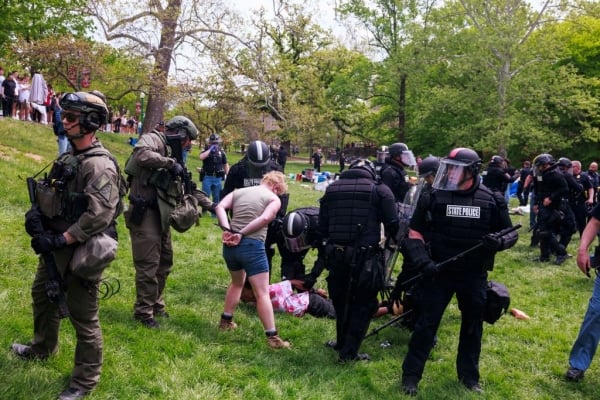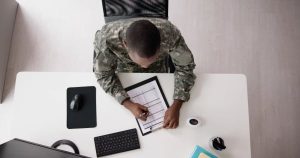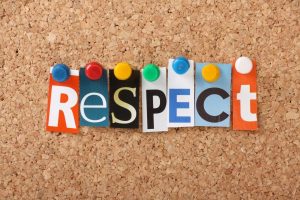The Litigation After the Protest Storm
In recent months, the world has witnessed a wave of protests against social injustices, police brutality, and government corruption. These protests have been fueled by a variety of issues, including racial inequality, economic disparities, and lack of political representation. While these protests have been largely peaceful, there have been instances of violence and destruction, leading to arrests and criminal charges.
As the dust settles on these protests, another storm is brewing in the form of litigation. Protesters and organizers are facing legal consequences for their actions, with many being charged with offenses such as disorderly conduct, looting, and assault. The legal system is now grappling with how to handle these cases, balancing the right to peaceful protest with the need to maintain order and protect public safety.
One of the key challenges in these cases is determining the line between peaceful protest and criminal behavior. While individuals have the right to peacefully assemble and express their opinions, they do not have the right to engage in violence or destruction of property. As a result, prosecutors must carefully review the evidence and witness testimony to determine the intent and actions of those involved in the protests.
Another issue that has emerged in the aftermath of the protests is the use of surveillance technology to track and identify protesters. Many cities and law enforcement agencies have deployed drones, facial recognition software, and other tools to monitor and investigate individuals who participated in the protests. This has raised concerns about privacy rights and the potential for government overreach in targeting political dissidents.
In response to these challenges, civil rights organizations and legal advocacy groups have filed lawsuits against government agencies and law enforcement officials for violating protesters’ rights. These lawsuits seek to hold accountable those responsible for excessive use of force, arbitrary arrests, and other abuses of power. They also aim to establish clearer guidelines for how protests should be policed and regulated in the future.
Overall, the litigation that has followed the protest storm represents a critical moment in our democracy. It forces us to confront difficult questions about the balance between freedom of speech and public safety, the role of technology in law enforcement, and the limits of government authority. As these cases make their way through the courts, it is important for all citizens to stay informed and engaged in the conversation about the rights and responsibilities of those participating in protests. Only by holding our government and institutions accountable can we ensure that the right to protest is upheld and protected for all.



